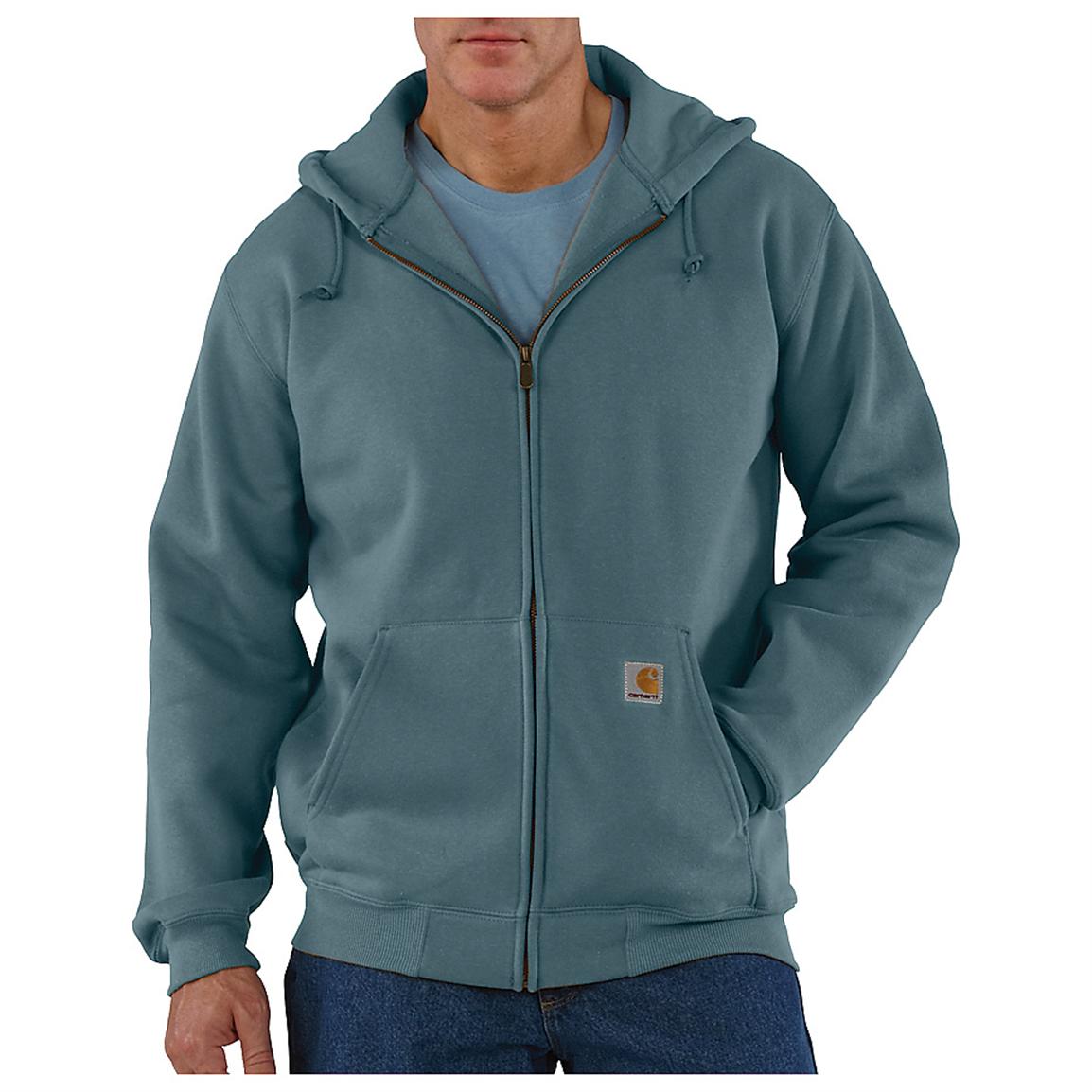What To Look For When Buying a new Sweatshirt

Sweatshirts are long-sleeved tops that are made of thick cotton cloth. They are typically worn as casual clothing but aren't as formal as sweaters or cardigans. They do not usually have a or hood. If you are interested in buying a sweatshirt, here are a few tips:

Norma Kamali spread the appeal of sweatshirts
Since the late '70s and into the late '70s, Norma Kamali has transformed the simple sweatshirt into an art form. Her designs are now a staple in almost all women's wardrobes. Her distinct designs range from a tummy-tucking crew neck , to leather paneled sweatshirts. She has also created clothing in unique forms, such as a tank top with an extended trumpet skirt.
A collaboration with the brand and the sweatshirt maker Everlast gave rise to her Timeless line, which became hugely popular when it was featured in Spiegel's spring 2006 catalog. The collection offered interchangeable and convertible knits in classic shapes and many of the items were priced below $20. Even the The Norma Kamali Timeless collection wasn't available in stores, buyers could still find these designs through eBay and Poshmark.
Merino wool sweatshirts feel more comfortable than soft sweatshirts
Merino wool is known for its ability to wick moisture away, which helps to keep you dry and comfortable. It is a natural fiber that also offers a smoother and more comfortable feeling. The fabric also dries quickly when compared with other natural material. Additionally, merino is a sustainable resource. The merino sheep shed coats each year and grow new ones.
The weight-to-heat ratio of merino wool is what makes it a popular choice for sweatshirts. It aids in controlling body temperature due to its natural loft, which traps heat between the fibers. This is why Merino wool sweatshirts work perfect for summer and outdoor activities like hiking, mountain biking, and running. The warmth it provides helps keep the wearer cool and dry, which is crucial when working out.
https://writeablog.net/bikesky89/what-you-should-know-about-sweatshirts-42dr -front hoodies feature kangaroo pockets.
Kangaroo pocket hoodies are a popular style of hoodies. They feature a big pocket in the front, that keeps your hands warm on chilly days. They're additionally more practical than conventional pockets because they permit your hands to slide into and out with ease.
Kangaroo pockets are typically large enough to hold an entire wallet or small personal items. They are commonly large enough to accommodate one hand in a smaller size, and can even be large enough to accommodate two hands. They are wide on either side and can be used to carry small items.
French Terry fabric is a very popular material for sweatshirts.
The French terry fabric is made of soft yarns that are knit into loops and is typically midweight. It is also known because of its capacity to absorb moisture and is pre-shrunk. French Terry is an excellent option for sweatshirts as it keeps you warm when you require it and keeps your cool when you want to cool off.
French terry is also popular for loungewearbecause it is stretchy enough and has enough flexibility to feel comfortable on your skin. It also allows air to circulate throughout the fabric, making it perfect for layering under other clothes. In addition, because it's lighter than other sweatshirts you can wear it all year round without feeling hot or cold.
Hoodies are classy and have a connotation of class.
Although it could appear that hoodies are an appropriate garment for those who are working class however, in reality they carry classist connotations. Hoodies were first seen in the 1970s , in New York, where graffiti artists wore them to hide their identities. In 1976 the hoodies made their big appearance in the film "Rocky," when the protagonist of the film was a working class man in hooded gray sweats on his memorable climb to the top of the steps of the Philadelphia Museum of Art.
Hoodies are frequently associated with death, destruction, and other undesirable items, yet they serve a practical purpose. For example, monks and priests may wear hoods to show modesty and inward focus.
